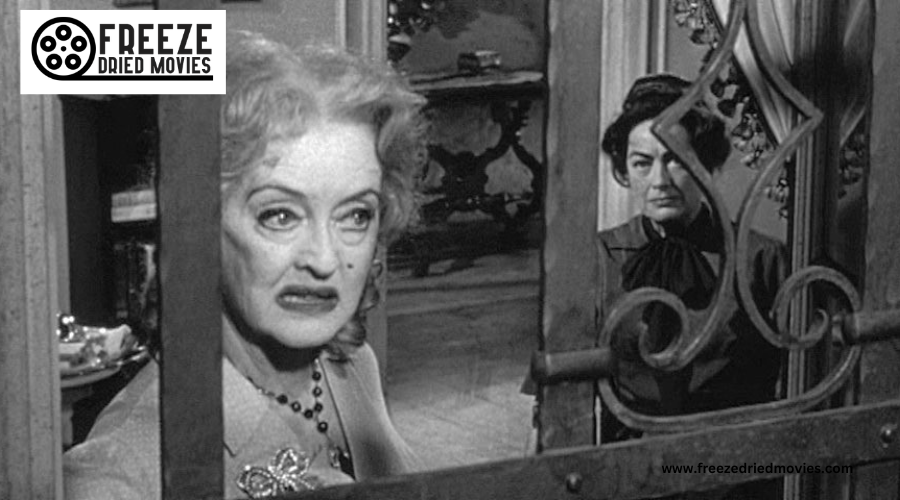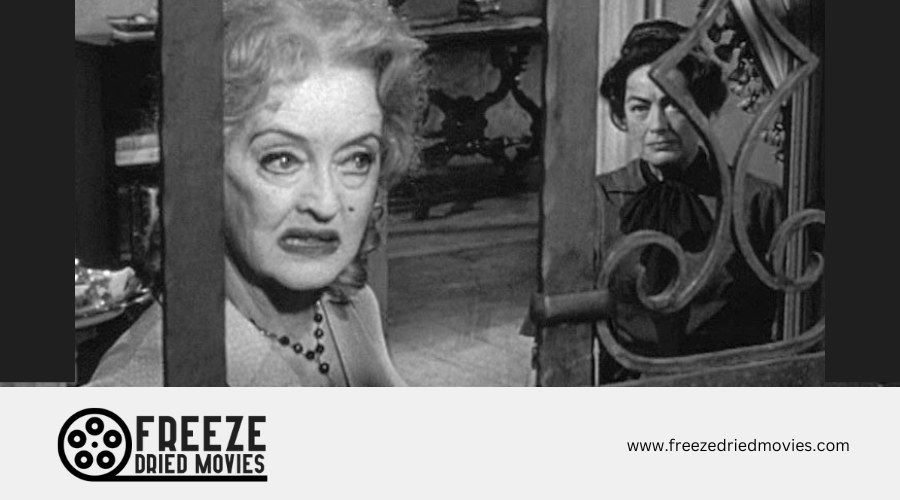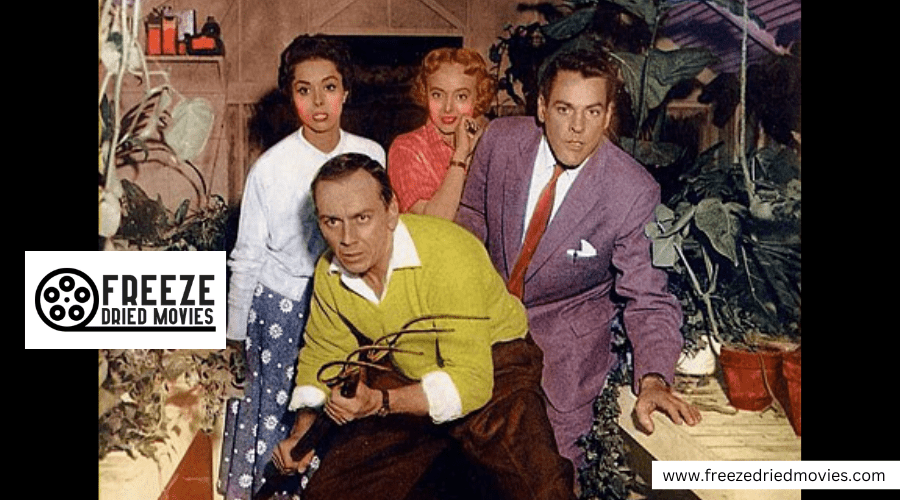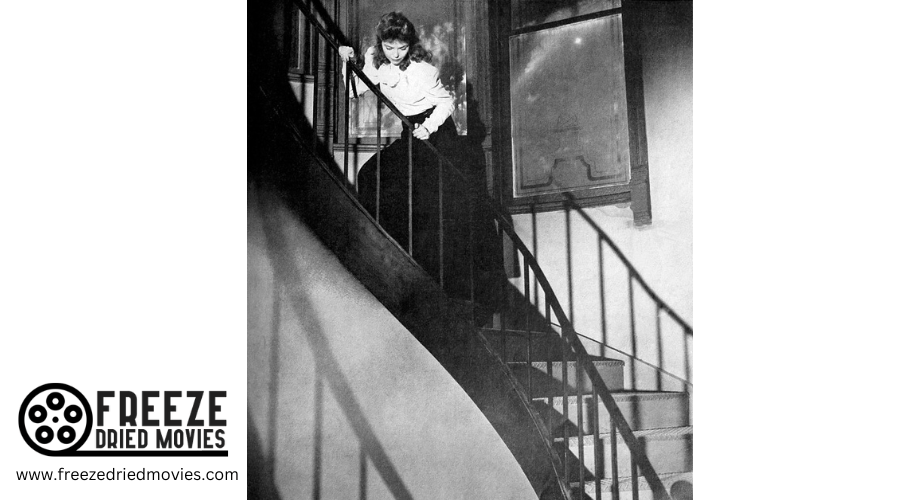The Birth of Slasher Horror: An Overview of 1960s Horror Cinema
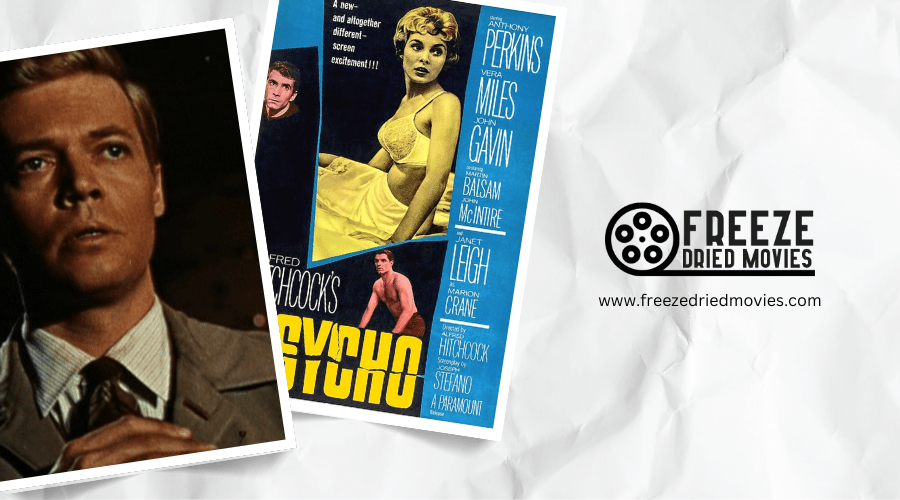
The 1960s revolutionized horror cinema with pioneering films like Psycho and Peeping Tom setting the foundation for the slasher genre. You'll find these movies broke traditional conventions by introducing voyeuristic themes, killer POV shots, and unparalleled on-screen violence. European influences, particularly Italian Giallo films and Hammer horror productions, shaped this emerging age of psychological terror. This innovative decade's bold breakthroughs would forever change how audiences experience fear on screen.
The Rise of Creative Freedom in Horror Filmmaking
Three major developments defined horror cinema's creative renaissance in the 1960s. First, you'll notice filmmakers breaking free from traditional monster movies, experimenting with new storytelling techniques and visual styles. This creative liberation allowed directors to investigate darker, more subversive themes that previous decades wouldn't touch.
Second, you can see the horror genre splitting into distinct paths: Hammer Studios' sophisticated gothic tales stood alongside low-budget exploitation films that targeted drive-in audiences. While Alfred Hitchcock's influence raised the bar for psychological horror, grindhouse features pushed boundaries with shocking content and minimal budgets.
Third, international influences emerged, with Mexico's Churubusco-Azteca studios pioneering unique horror-wrestling hybrids. This global expansion of horror cinema proved that the genre could successfully blend with other film styles, creating innovative viewing experiences.
Films like Peeping Tom revolutionized the genre by introducing audiences to the killer's perspective, establishing foundations for future slasher films.
Psycho and Peeping Tom: Pioneers of the Slasher Genre
Within this creative explosion of 1960s horror, two pioneering films emerged that would forever transform the genre's terrain. Psycho and Peeping Tom, both released in 1960, laid the foundation for what you'd recognize today as the slasher genre.
These revolutionary films introduced elements that would influence future horror classics like The Texas Chainsaw Massacre.
Key innovations from these films include:
- Heightened on-screen violence that pushed boundaries
- Voyeuristic themes that created psychological tension
- Killer's point-of-view camera shots
- Sexualized violence as a narrative element
- Complex psychological character development
You'll find these elements woven throughout modern slasher films, proving how influential these 1960s masterpieces were. While later films would build upon their structural foundations, Psycho and Peeping Tom remain the true visionaries of the slasher genre.
Bernard Herrmann's score in Psycho revolutionized how music could be used to amplify suspense and terror in horror cinema.
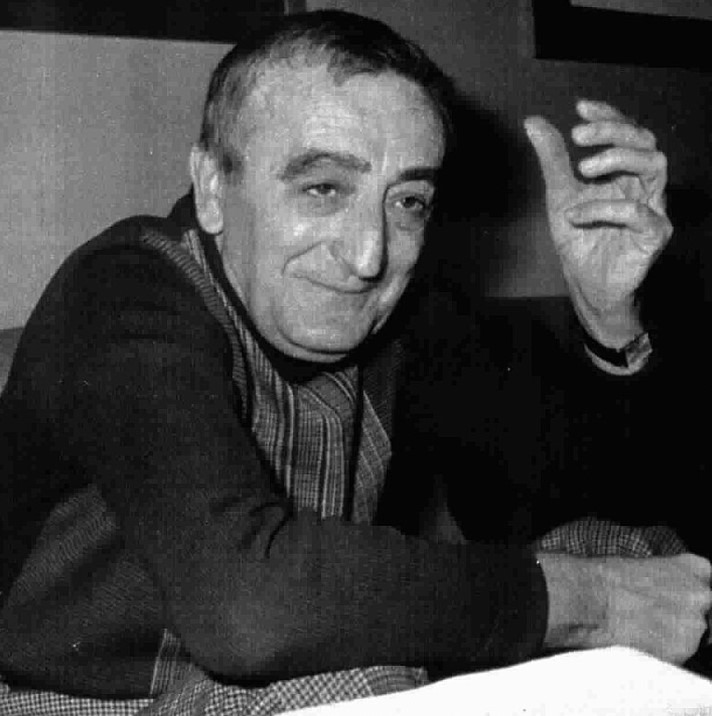
European Influences on American Horror Cinema
How did Europe shape the evolution of American horror cinema in the 1960s? You'll find that Europe's cinematic movements profoundly impacted American horror's development. The Italian Giallo films, particularly Mario Bava's work, introduced the masked killer trope and stylized violence that would become hallmarks of the American slasher genre.
Britain's Hammer Film Productions revolutionized horror through their Gothic adaptations, while the visual legacy of German Expressionist cinema from the 1920s provided the psychological structure for horror's subjective camerawork. French New Wave directors' experimental techniques inspired the avant-garde approaches in 1970s horror. Directors like Fritz Lang's techniques brought psychological complexity and innovative visual elements that would become crucial to horror's development.
These European influences, combined with H.G. Lewis's American splatter films, created a perfect storm that would transform horror cinema, leading to the genre's evolution and the slasher boom of the 1980s.
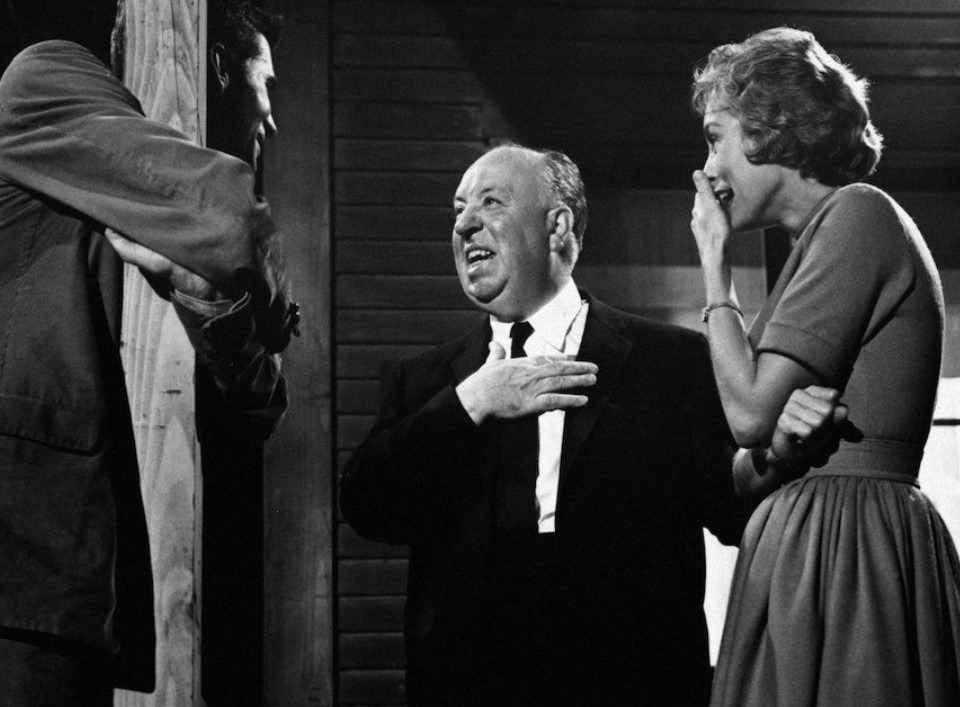
Breaking Traditional Horror Conventions
The 1960s marked a radical departure from horror cinema's established rules, building upon European innovations while forging its own bold path. While supernatural horror still dominated, two pioneering films would forever change the genre's terrain: Psycho and Peeping Tom. Both released in 1960, these films dared to delve into darker psychological territory.
You'll notice these pivotal changes in 1960s horror:
- Introduction of voyeuristic themes and killer POV shots
- Shift from supernatural to psychological terror
- Explicit portrayal of sexualized violence
- Enhanced on-screen brutality and gore
- Focus on human monsters rather than otherworldly creatures
These innovations laid the groundwork for future horror genres, particularly the slasher films that would emerge in the 1970s with works like Black Christmas and The Texas Chainsaw Massacre.
The Evolution of On-Screen Violence and Gore
Violence in horror cinema underwent a seismic shift during the 1960s, as filmmakers pushed against traditional censorship boundaries. Two remarkable films from 1960, Psycho and Peeping Tom, revolutionized how you'd experience on-screen terror.
While Psycho shocked audiences with its unparalleled graphic murder sequence, Peeping Tom's innovative use of subjective camera angles made you feel uncomfortably close to the killer's viewpoint.
The evolution didn't stop there. Italian Giallo films emerged in the late 1960s, raising the bar for explicit violence and gore. This paved the way for even more intense features, culminating in 1974's The Texas Chainsaw Massacre. The film's raw, documentary-style approach to violence created a new standard for realistic horror that would influence the genre for decades to come.

